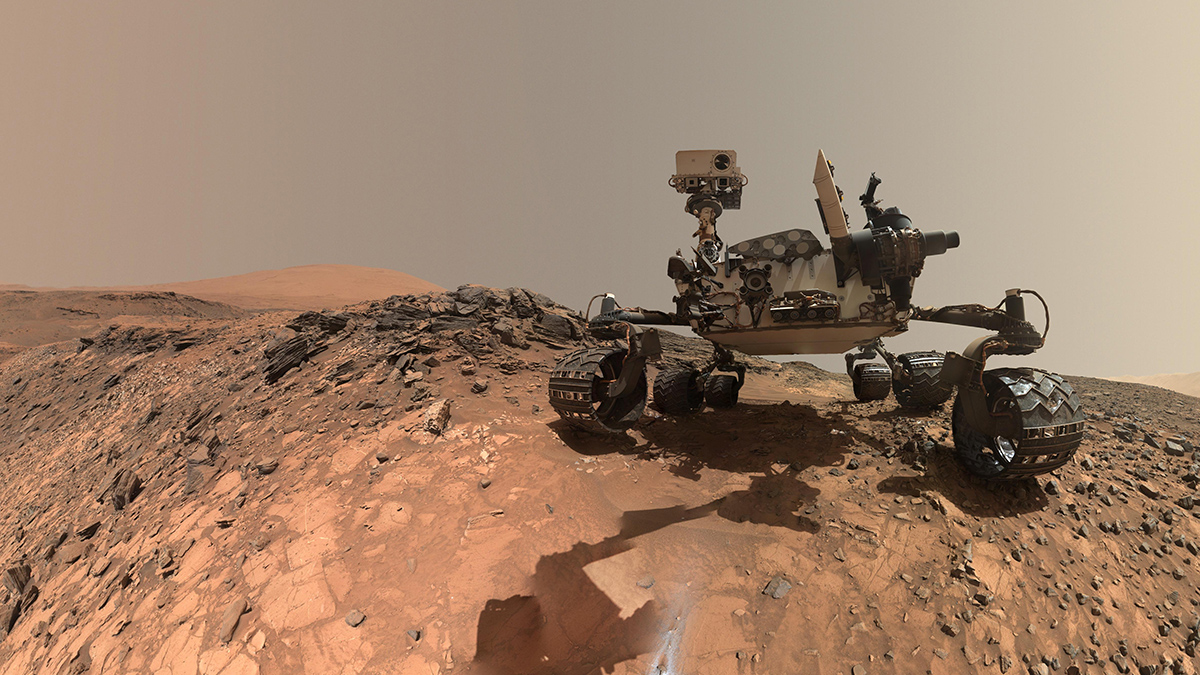Source: Journal of Geophysical Research: Planets
Over the past decade, the Curiosity rover has repeatedly detected methane on the surface of Mars. This gas is often produced by microbes, so it could herald the presence of life on the Red Planet. But skeptics have postulated that the gas detected by Curiosity could have a much more pedestrian origin. Viscardy et al. suggest the methane could be coming from inside the Curiosity rover itself rather than from the atmosphere of Mars. They propose an experiment that could differentiate between microbes and a technological source.
There’s ample reason to believe something is going awry, the researchers say. Each methane measurement that Curiosity’s spectrometer reports is actually the average of three individual measurements. Though those averages tend to suggest the presence of methane, the individual measurements are far more variable, bringing the results into question.
Another issue concerns the instability of gas pressures inside the spectrometer. The two main compartments—the foreoptics chamber that holds the laser source and the cell that holds the Martian air sample—are designed to remain sealed from each other and from the outside environment. However, significant pressure variations observed in both compartments, even during individual measurement runs, suggest this isn’t the case. These pressure changes raise doubts about the hermetic sealing of the system and the integrity of the analyzed air samples.
It’s clear, however, that at least some of the methane traveled to Mars from Earth. Prior to launch from Cape Canaveral in 2011, Florida air is known to have leaked into the foreoptics chamber. This contamination has persisted despite multiple gas evacuations, pointing to unidentified methane reservoirs or production mechanisms within the instrument. As a result, methane levels in this compartment are more than 1,000 times higher than those measured in the cell storing the Martian air sample for analysis. Even an “imperceptible” leak between the chambers could cause Curiosity to report erroneous methane levels, the researchers write.
To put the issue to rest, the researchers suggest analyzing the methane content of the same sample of Martian air on two consecutive nights. A concentration of methane that is higher on the second night than on the first night would suggest that methane is leaking into the sample from elsewhere in the rover rather than coming from the planet itself. (Journal of Geophysical Research: Planets, https://doi.org/10.1029/2024JE008441, 2025)
—Saima May Sidik (@saimamay.bsky.social), Science Writer


